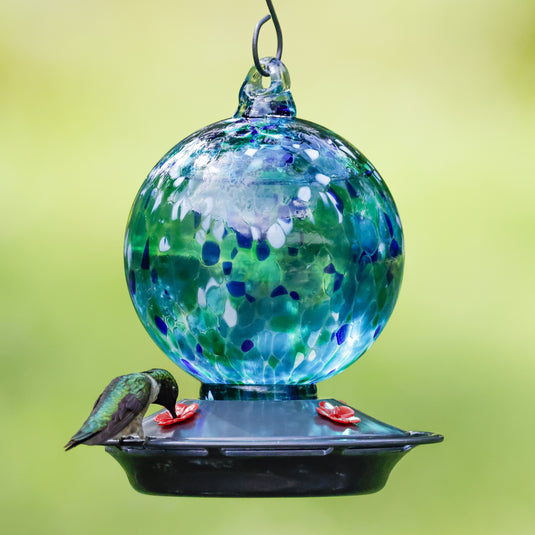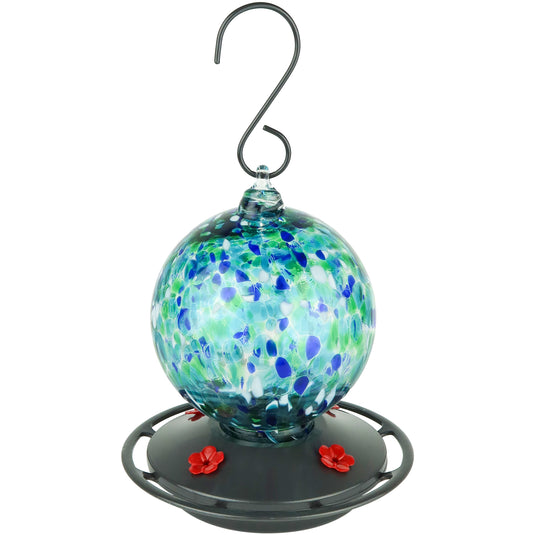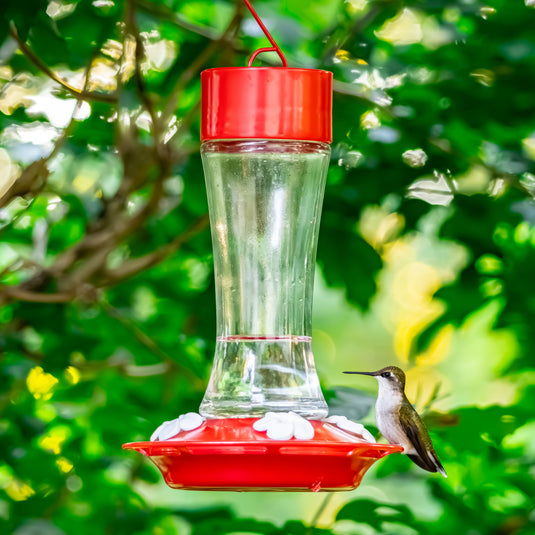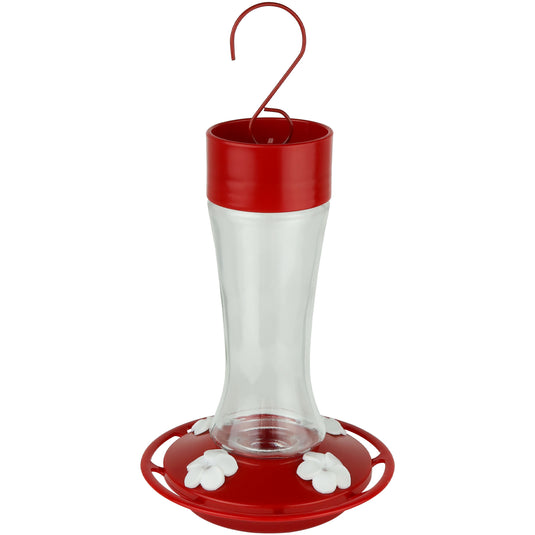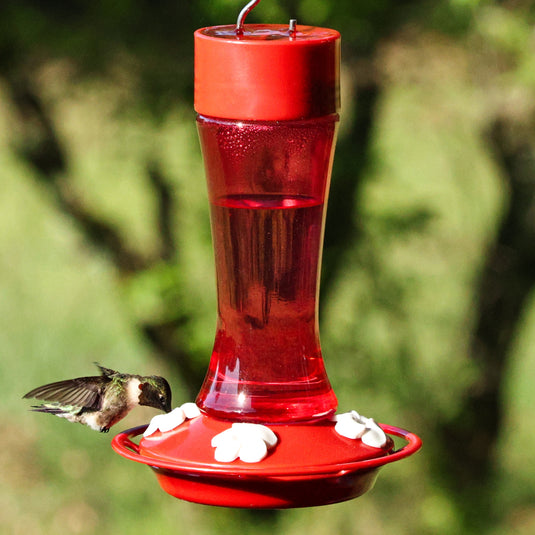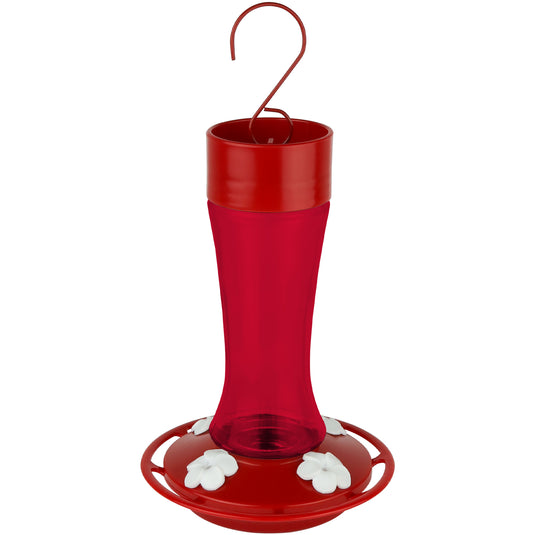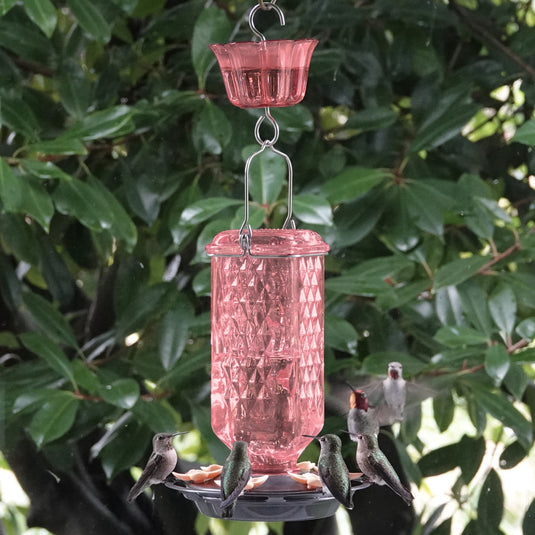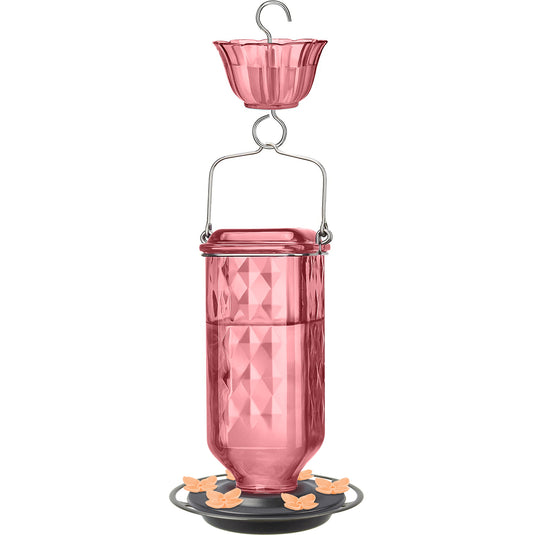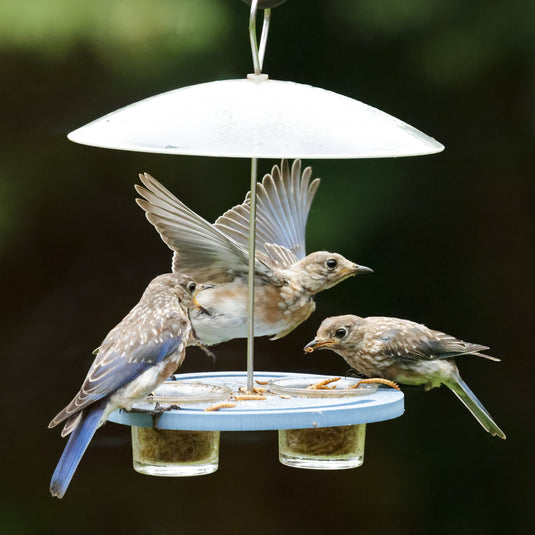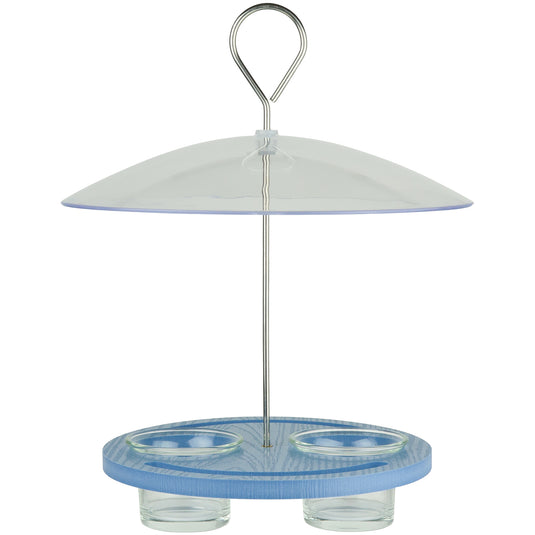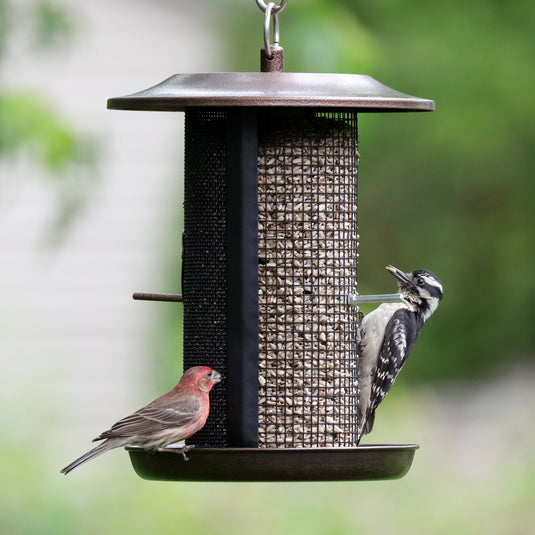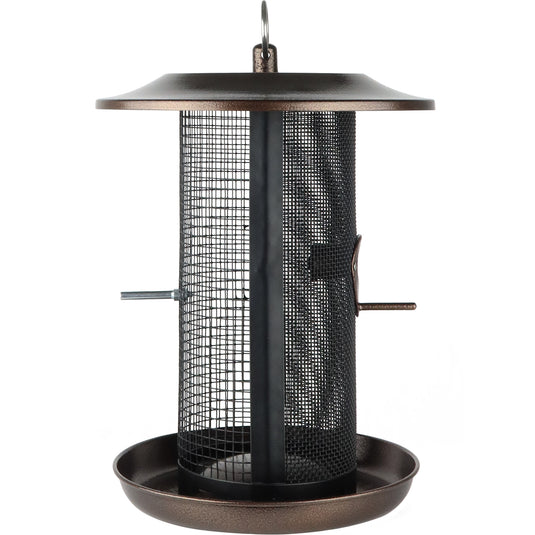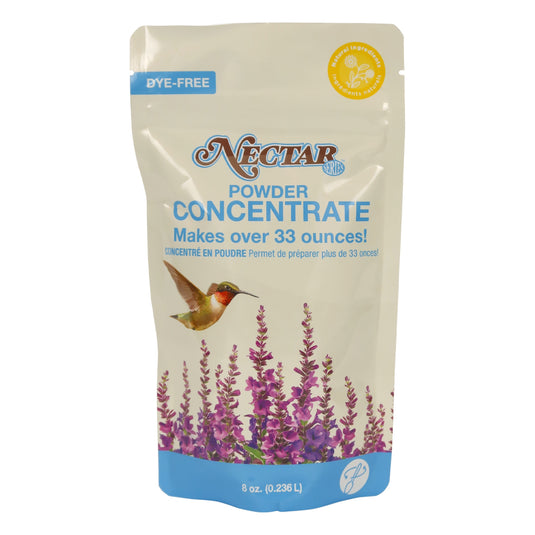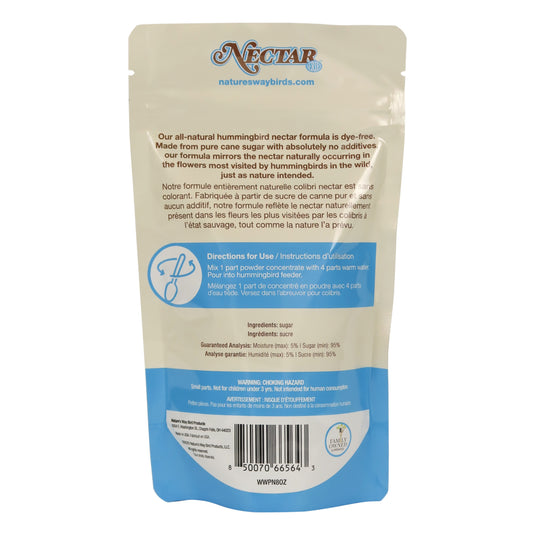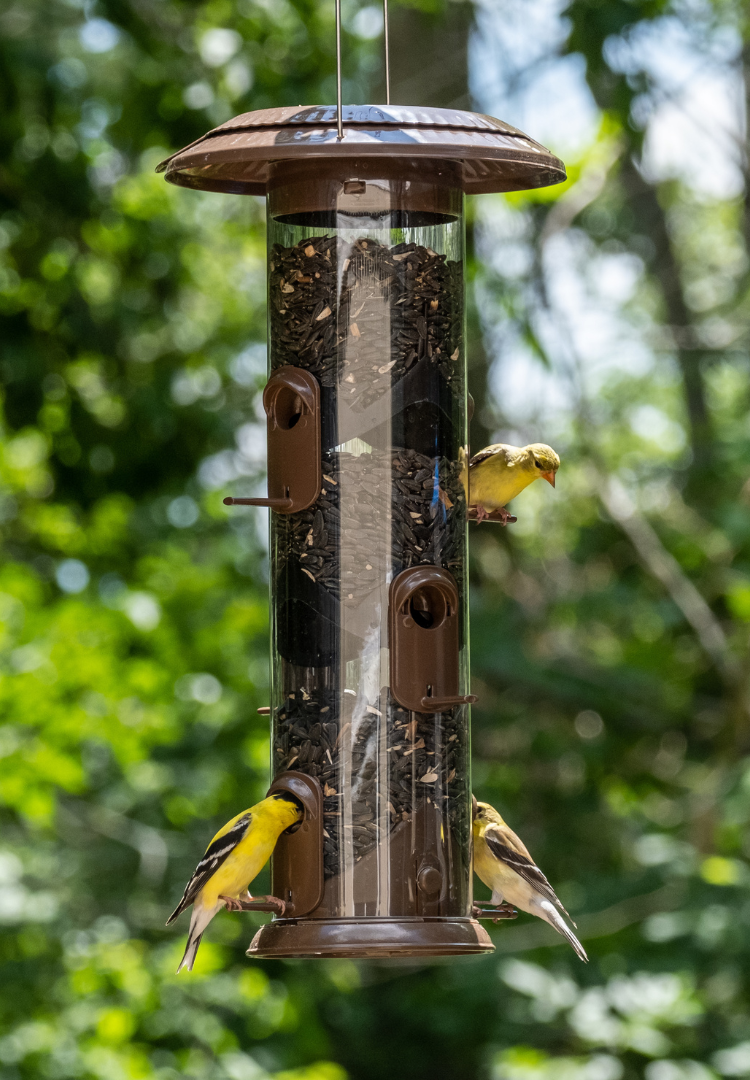Identifying Carolina Wrens:
Carolina Wrens are small but portly birds with a round body, large head, and very little neck. The long tail, often cocked upward, and long slender downcurved bill distinctively marks it as a wren. Both sexes are a solid bright rust above with somewhat faded striping pattern on the edges of the wings and tail and a washed out honey below with a white chin, throat, and long eyebrow strip that makes the small bird appear somewhat grumpy. These birds range from 4.5 to 5.5 inches in length and are smaller than a sparrow.
Attracting Carolina Wren to Your Feeder:
Carolina Wrens feed mainly on insects like caterpillars, crickets, beetles, spiders, grasshoppers, and worms. They will visit feeders more infrequently when the weather is mild and these food sources are abundant. Since they rely mainly on these natural food sources, it is always recommended to limit or completely avoid the use of pesticides. Wrens can often be attracted to feeders with meal worms or suet. In addition, making sure to include native shrubs and trees in your landscaping can help to attract these birds by providing them with the cover they prefer.

Nesting:
Carolina Wrens are cavity nesters, often nesting in open cavities 3-6 feet off the ground, but they are not overly picking regarding location for their nests. In areas near homes, these birds may select anything from old woodpecker holes, natural crevices, artificial nest boxes, or even discarded shoes or tins unintentionally provided by humans as a nest site.
Both the male and female Carolina Wrens partake in the nest building, which can typically take a week or longer to complete for the first nest, and as few as four days for subsequent nests. Nests are bulky and cup-shaped. They usually have a dome appearance, and an entrance on the side that has a woven extension like a built-in entrance ramp. Nests are construction from a wide variety of materials such as dried grasses, pine needles, hair, dead leaves, feathers, straw, bark strips, or string. Once the main nest structure is complete, the female will line the inner portion of the nest. Nests can range from 3 to 6 inches wide and 3 to 9 inches long.
Clutch sizes vary from 3 to 7 eggs that are roughly 0.7-0.8 inches in length and 0.6 inches in width and a light white, pink, or cream in color with rusty brown speckling. Eggs are incubated between 12 and 16 days and hatchlings will leave the nest in roughly two weeks after both parents take part in providing food and cleaning the nest to raise the young together.
Distinguishing between a Northern House Wren and a Carolina Wren:
Northern House Wrens are smaller and have more of a flat brown coloring all over their body while Carolina Wrens have a distinct rusty color. The Northern House Wren also has a more consistent coloring over all of their body whereas the Carolina Wren has a significantly lighter chest. Another fairly easy identification trait for the Carolina Wren is the eyebrow stripe that can make this friendly little bird look rather disgruntled all the time. While both wren species have overlapping territory and can be most often be found in wooded areas, Carolina Wrens are more likely to build nests in troublesome locations (if you have a wren trying to sneak into your garage to build a nest, it's more likely than not a Carolina Wren). If you're able to find the nest, Northern House Wren nests are made entirely of small sticks and twigs which varies drastically from the Carolina Wren's less scrupulous material selection.









